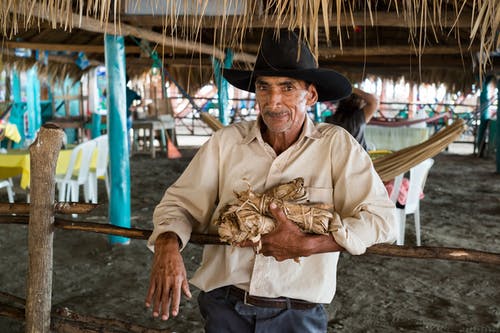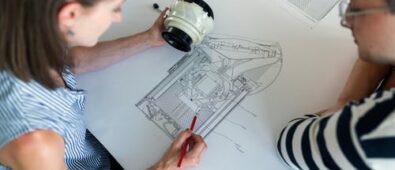Western clothing is intrinsically related to American history. From cowboy boots to the classic hat, Western wear’s unmistakable appearance has remained true to its legendary origins. Each pair of denim jeans or designer boots, regardless of how well-marketed or embellished, gives testament to a way of life established through the toil and artistry of nineteenth- and twentieth-century cobblers, shoemakers, tailors, and cowboys.
The Original Cowboy Boots
Following the Civil War, many Americans migrated west in quest of land and a new life. While wearing military-issued Calvary boots, Wellington boots, and other low-heeled footwear, it became apparent that these options would not hold up to lengthy days in the field. In the early 1870s, in Coffeyville, Kansas, the first boots built to resist the rigors of the working cowboy were made. Cuban heels bolstered arches, and round toes aided in slipping these boots through the massive stirrups. By 1879, a dominant name had established itself on the cowboy boot scene—H.J. “Joe” Justin. Justin’s mens work boots quickly became a popular choice throughout western America after he became the first to provide mail order. As popularity for these boots grew throughout the twentieth century as a result of films, literature, theater, and country music, larger companies formed to accommodate the expanding demand. Ariat, a well-known and trusted name in Western wear, was one of these in the 1990s.
Denim Jeans or Waist-High Overalls
Simultaneously with the creation of cobblestone cowboy boots, a tailor in Nevada named Jacob W. Davis filed a patent application with Levi Strauss for small copper rivets to reinforce the seams and pockets of his waist-high overalls. Levi Strauss realized the lucrative potential of the rivets and wanted to collaborate with Davis, who had been producing them effectively for miners. They began with hemp sailcloth for work pants, they eventually switched to cotton serge de Nimes or denim.
Denim pants were used by blue-collar laborers, ranchers, and cowboys by the 1890s. Additionally, these were integrated into mainstream media venues, culminating in the emergence of “dude cowboys.” These men were everyday city people seeking an immersion in “genuine” cowboy life. These men, dressed in the finest boots, denim pants, and hats, would significantly improve the appeal of western outfits. The 1950s country music musicians who based their careers on the classic cowboy singing style adorned the pants with rhinestones and sequins. Denim pants have become a wardrobe essential for billions of people worldwide.
The Original Cowboy Hat
American and European settlers began dressing in Mexican vaqueros (cowboys in Spanish). Every piece of clothing worn by the vaqueros was utilitarian, from their massive sombreros to their towering mens cowboy boots and leather chaps to their large hats. American cowboys adopted European-style clothing, one of which was the hat.
Conclusion
While we typically identify Western dress with satin shirts adorned with fringe and rhinestones, authentic cowboys wore more utilitarian garments designed for function and durability than for show. While the old Western films that we continue to enjoy today popularized them for the rest of us, these rugged clothing were genuinely designed for a life of hardship in the elements.




